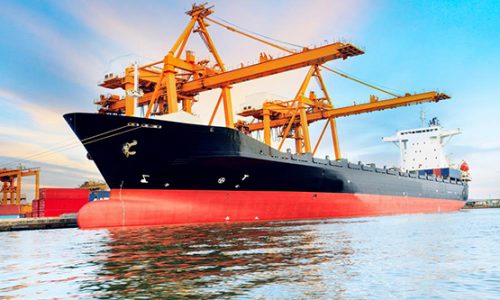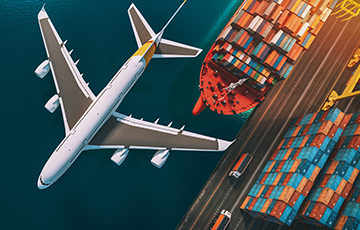Container Shortage To Bite For Another Year
- Sahan Cargo
- Logistics, Ship goods, Shipping goods
- 0 Comments
Shortage of containers is projected to persist for at least a year as the freight charges continue to rise due to a global market scarcity.
The average price worldwide to ship a 40-foot container has more than quadrupled from last year to $8,399 as of July 1 according to a global pricing index by London based shipping consultants, Drewry Shipping Consultants Ltd.
Between 2016 and 2020, container rates, while fluctuating, never exceeded $3,000 according to Drewry Shipping. Rates, however, have been on a steady increase since last summer and just when the global market began to recover from the lows of the pandemic.
High consumer demand is only one driver of the container shortfall as port congestion has also played a pivotal role by tying up equipment.
Supply-chain experts say the high rates leave many shippers, particularly those with relatively low-value goods, with an option of paying a premium for containers and passing on the cost to their customers or retreat from overseas markets.
While the climbing rates are driving up carriers’ profits, shippers continue to struggle with the ever-increasing costs. All major trade corridors have seen the rates increase during the first seven months of 2021 and fresh records continue to be set.
In Kenya, freighters are feeling the impact as they grapple with delays in deliveries of goods to their customers because of the prevailing container shortage globally.
The move has seen consumers wait longer for their deliveries to be made even as they cope with the high cost of goods that are in tandem with the increasing shipping fees.
“We are now witnessing delays in our deliveries and high freight costs, for instance, a cargo that we were to deliver say in July ends up being delivered in August,” said Meshack Kipturgo, Siginon Group Managing Director.
Shippers are waiting for up to three weeks before they could get empty containers with the shortage in supply harming costs.
Covid-19 pandemic, which is still prevalent in Europe and America, has contributed to the current shortage as shipping containers are not returning to China due to drastic reduction of China’s imports.
A global surge in demand for certain goods during the pandemic has overturned normal trade flows, leaving empty cargo containers stranded causing bottlenecks in the market.
As a result, shippers have been forced to pay a premium to get shipping containers as the world continues to witness a shortage that has seen freight charges continue on an upward trajectory.








